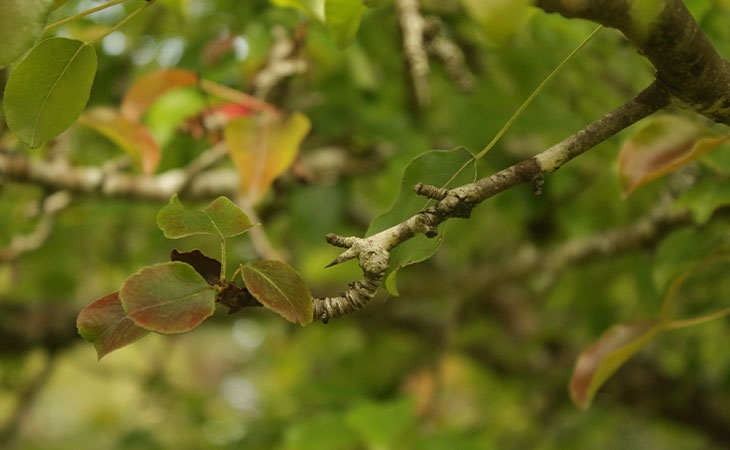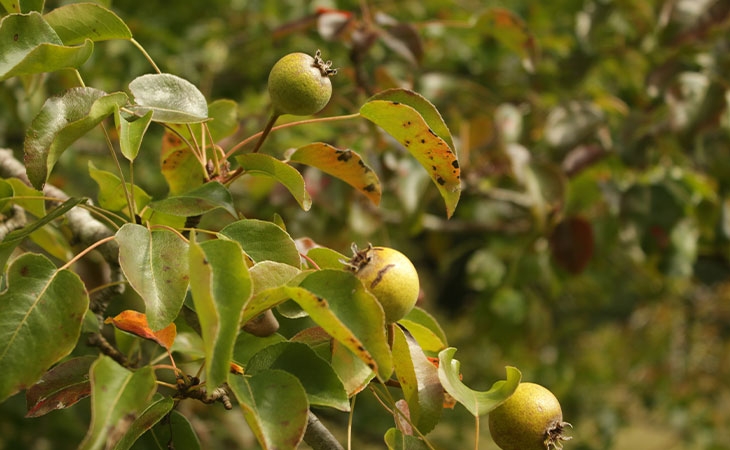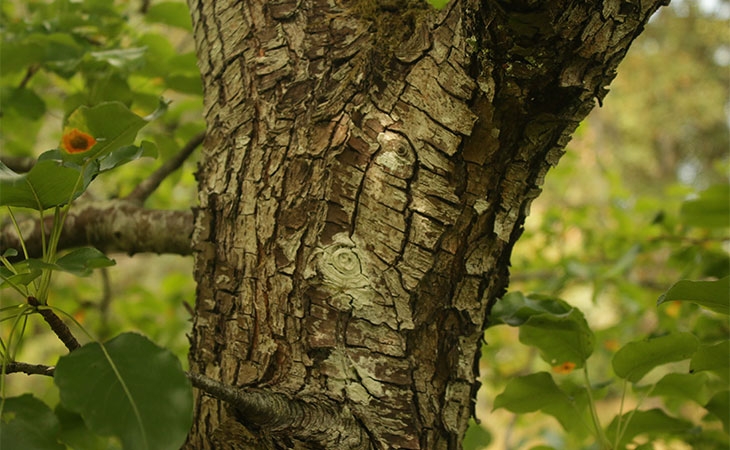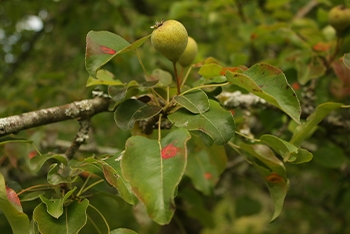Tree of the Month: European Pear
Each month we’re going to bring you a profile of one of the UK native tree species being planted in the Silk Wood Community Planting Project – this month is the European pear.
Although not strictly a ‘native’, it’s known as an ‘archaeophyte’ - a species naturalised in the UK before 1500 AD. Introduced to the UK around 995 AD, pear trees have long been part of our landscape, with the European pear being the ancestor to the many orchard varieties found in the UK and Europe.
Recognisable by their square-patterned bark, white flowers, spiny twigs and oval leaves, pear trees can live up to 300 years. The timber can be used for kitchen utensils, as it doesn’t stain, retain smells/flavours, warp or splinter.


In autumn, they’re especially appreciated for their fruit. Pears are a great wildlife food source, perfect in pies and pastries, and are even turned into pear cider, or perry, as it’s also known.


Gloucestershire and Herefordshire are known for producing perry, with the latter historically boasting over 100 varieties, including amusingly named ones like ‘Mumblehead’ and ‘Merrylegs.’

Given Westonbirt’s location in Gloucestershire, we had to include pear trees in our planting project. Maybe one day we’ll craft our own perry, how’s ‘Westonburp’ sound? Beyond this, the European pear is at home in mild temperatures and has moderate drought tolerance, so could be a good tree to plant for a warming climate.
